Ultimate Guide to Plan Your Mount Kailash and Manasarovar Trekking Tour
Way out in the far west of Tibet in Ngari Prefecture lies the holy Mt. Kailash. Adored by Buddhists, Hindus, Jains, and Bonpo alike, it is the holiest and most sacred mountain in the world, and is the site of pilgrimage for hundreds of thousands of people every year. Shaped like a giant pyramid of black rock, Kailash stands above the plain below, pointing its peak at the heavens as if showing the way.
Nearby, a little to the south of the mountain lies what many regard to be the holiest lake in Tibet, and one of the three Great Lakes of Tibetan Buddhism, Lake Manasarovar. Clear blue waters glinting in the sunlight, the lake is considered holy by the same four religions as Kailash, and it is believed that by bathing in the lake or drinking its waters, one can wash away a lifetime if sins.
To help you plan a Mount Kailash tour with Lake Manasarovar during your days in Tibet, here we offer the ultimate guide about Mount Kailash and Lhasa Manasarovar. You will learn more about the trekking routes around Mount Kailash, the best time to go and other detailed travel information about this holy area.
Mount Kailash and Manasarovar Trekking Route
Trekking in the region normally consists of taking the Mt. Kailash inner or outer kora routes, or trekking the kora around Lake Manasarovar. The trek around Manasarovar is a beautiful walk, which is not daunting or arduous, and takes you to all five of the monasteries that sit on the lake’s shores. While it is a four-day trek that covers 110 kilometers, it is a nice walk around the lake, and despite being able to drive all the way around, walking is still the best way to see the lake.
Mt. Kailash, however, has two trekking routes, the Inner Kora and the Outer Kora, and both are hard and arduous treks, with the inner being harder than the outer. Most people walk around the outer kora, as it gives a great view of the landscape in places, and has good views of Kailash from all sides. The inner kora only runs up to the south face of Kailash and back in a small loop.
Mount Kailash Inner Kora Trekking Route
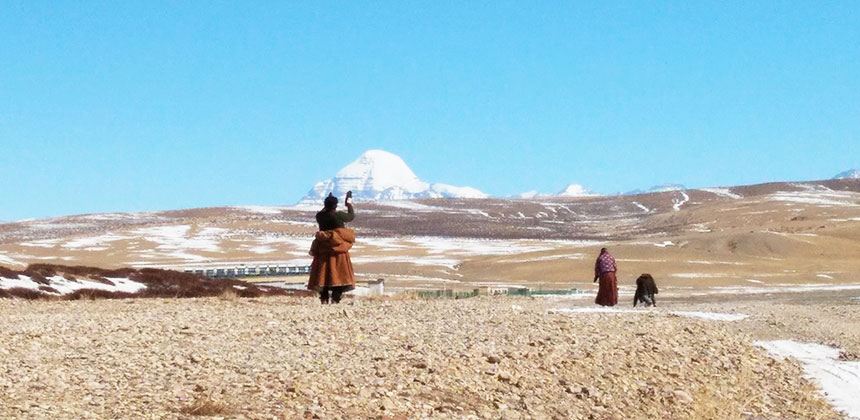 Inner kora of Mount Kailash trekking
Inner kora of Mount Kailash trekkingThe inner kora route of Mt. Kailash focuses on the smaller Mt. Yinjietuo, and is often less busy than the outer kora. For Buddhists, it is required to complete 13 rounds of the outer kora before they can walk the inner kora route, which can be completed in just one day. This is not required of tourists.
At only 30 kilometers, the inner route around Mount Kailash is shorter, but has more climbing and more passes and cliffs to get over. Starting at Darchen, the route heads north to Selung Monastery, before heading along under the western face of Yinjietuo to a viewing point where you can see the famous “ice swastika”, formed by cracks in the ice on the south face of Kailash. From there the route follows the trail to Gyangdrak Monastery, going past 13 chortens that are the final resting places of the relics of 13 ancient Gyangdrak administrators, who are enshrined within.
After visiting the Gyangdrak Monastery, you will follow the eastern foot of Yinjietuo down towards Darchen and the end of the kora.
Mount Kailash Outer Kora Trekking Route
 Outer kora of Mount Kailash trekking
Outer kora of Mount Kailash trekkingWhile some Tibetan pilgrims do the outer kora around Mount Kailash in one day, majority of tourists take three days to complete the circumambulation of the mountain, beginning and ending at Darchen. This 56km route is a complete circle of the mountain, and reaches heights of more than five thousand meters.
The first day of the trek takes you from the small village of Darchen, although you can take the short bus ride from Darchen to Sarshung Village, just below the south face of the mountain. The trail first heads west, before turning north into the Lha-chu Valley, and heading to Chuku Monastery. You pass the famous flagpole at Tarpoche, which stands eighty feet high and is festooned with prayer flags. After Chuku Monastery, you continue on up the valley to the first stop of the night at Drirapuk Gompa, where you can stay in the monastery guest house or camp in the field below.
On the second day, you head from Drirapuk across the small bridge that a rocky field strewn with small cairns. The field is the place for the sky burials of the people who have died during their kora pilgrimage. From here the trail leads upwards to the heights of the Dolma-la Pass, at an elevation of 5,630 meters. It is the highest mountain pass in the world, and is a hard climb to get to the top. One of the main focal points of the kora, many people tie prayer flags or leave longda and coins as tokens. From there it is downhill all the way to Gaurikund Lake, and the lush green valley of Lham-chu. Following the river as it flows through the valley, you come to your next stop at Dzultripuk Monastery.
After a visit to the eleventh century cave of the Buddhist philosopher, Milarepa, the last day starts with a gentle walk down through the Dzong-chu Valley, which runs through a narrow gorge festooned with prayer flags, before turning west at the end and finishing at Darchen.
Best Time to Visit Mount Kailash
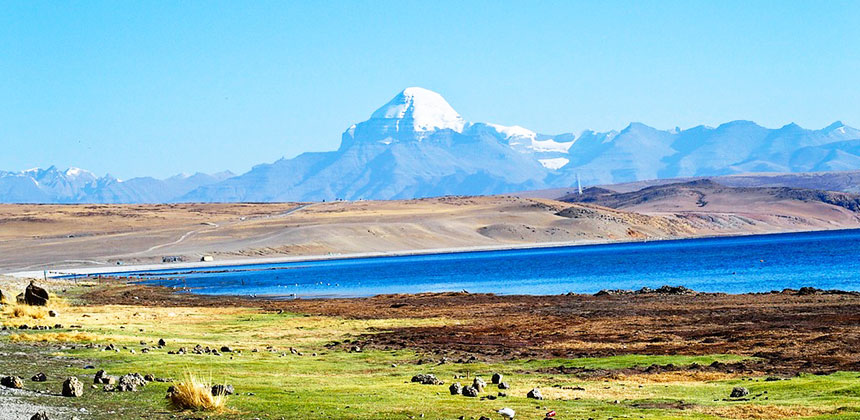 Best time to visit Mt. Kailash is from April to June
Best time to visit Mt. Kailash is from April to JuneWhen is the best weather for a Mount Kailash trekking tour?
Weather-wise, the best times to travel to Mt. Kailash and Lake Manasarovar is from April to June and from around the middle of September to early October. The rainy season makes traveling to the region harder, because of the rains and muddy roads, since not all the roads to Kailash are asphalt. Spring is the best time, as the ground is dry, the skies are clear, and it is starting to get warmer in preparation for summer.
During the early summer period, the area comes to life, with lush green pastures, clear blue skies, and herds of cattle and flocks of sheep roaming on the prairies. Trekking during the spring and early summer means clear days and less cold nights, and you can fully experience the harmonious coexistence of man and nature in the region.
Autumn, in September and October is also a great time to trek, as the trees turn gold and red, and the leaves drop to the ground forming a carpet of colors. Winter, however, is not fit for trekking in Ngari, as the whole area is normally covered in deep snow, making access to the mountain almost impossible.
When is the full moon night for a sacred Mount Kailash tour?
The full moon is one of the most sacred and auspicious days in Tibetan Buddhism, as the Buddha Siddhartha Gautama was born on the day of a full moon. His renunciation was also on a full moon, as was his coming of enlightenment and his parinirvana, or death. The full moon is seen as an auspicious period that is filled with an abundance of spiritual energy, of the kind that can cause transformation and enlightenment.
According to Buddhism, the phases of the moon represent the path of death and birth, in the repetitive cycle of reaching fullness and then starting over again. Since Buddhism believes in rebirth, the cycles of the moon become a reminder of this belief, and is celebrated with fervor.
The full moon is also honored as a time to partake in special religious meditations and rituals, and is a popular time for devout Buddhists to perform the kora at Kailash and Manasarovar. This is more especially so on the occasion of the Saga Dawa Festival, which is held on the full moon of the fourth month in the Tibetan lunar calendar, which is the date of the birth, enlightenment, and passing to Nirvana of Buddha, when performing the kora around holy Mt. Kailash is deemed to be worth a million times the merit of any other occasion.
How to Avoid Altitude Sickness When Visit Mount Kailash
 Avoiding altitude sickness is one of the most important things during your Kailash tour
Avoiding altitude sickness is one of the most important things during your Kailash tourHow to avoid altitude sickness is one of the most important things to know while taking a Tibet tour, no matter which area you go in Tibet plateau. The kora around Mt. Kailash reaches heights of more than 5,000 meters above sea level, and the highest point, at Dolma-la Pass is a whopping 5,630 meters, which makes it a hard trek for even the most experienced trekkers. Altitude sickness can become a problem at these heights, and one should be aware of the main symptoms of altitude sickness, and know what to do in case of emergency.
If you start to feel sick during the trek, or start to feel dizziness, headaches, fatigue, shortness of breath, or a general feeling of illness, inform your tour guide immediately and stop. Continuing may make the symptoms worse, and severe altitude sickness can be potentially fatal. You should descend immediately to a lower altitude, and rest. Oxygen is a help with altitude sickness, and if you have medication such as Diamox, if okayed by your doctor, you can take it to help treat the symptoms.
Where to Live While Trekking around Mount Kailash
There are two stopping points on the kora, at Drirapuk and Dzultripuk monasteries, and the accommodation there is very basic. The beds are home made, and the bedding is old and overused, making it shabby. It is recommended that you take your own sleeping bag, as there is very little in the way of heating, and the monastery generator will be turned off at night. prices are around 50-100 CNY per person per night, although if you bring a tent as well you can always sleep for free in the fields below the monasteries, which are often used as camp sites for trekkers.
What to Eat during Your Mount Kailash Trekking Tour
The monasteries will only provide Tibetan food for meals that you buy there, such as noodles, soups, broth, and tsampa, so it is a good idea to bring plenty of food of your own if you are not into Tibetan cuisine. Snack pots and instant meals can be useful, as you can heat water over a fire to cook them, which can also provide warmth in the evenings.
Fruits, nuts, chocolates, biscuits, fried meats, and other high energy and high protein foods should be brought along, so you can replenish the energy lost when trekking quickly and easily. Daily fruit intakes when trekking is essential for the energy and immunity it can provide. Citrus fruits are especially good at providing vitamin C, which is lacking in many packet foods and Tibetan cuisine. There are many stops along the roué of the outer kora where you can rest and replenish your energy.
Learn More about the Mount Kailash Tour in Tibet by Real Photos
More about Mount Kailash Travel Guide
- Kailash Manasarovar Yatra from Kathmandu: how to go to Kailash Manasarovar from Nepal by flight, road and helicopter
- How to Get to Mount Kailash and Lake Manasarovar
- What to Pack for Mount Kailash Trekking Tour
- The Ultimate Guide on Kailash Manasarovar Distance and Kailash Kora Distance
- Mount Kailash Pictures: See What You Will Experience during the Real Kailash Kora
- Best Time to Visit Kailash Mansarovar
- Lhasa to Kailash Manasarovar Distance: How to Get to Kailash from Lhasa by Road or Flight
- Mount Kailash Tour from Nepal: top 3 classic Kailash Manasarovar tour packages from Kathmandu
- Mount Kailash Tour from Malaysia: how to travel to Kailash from Malaysia
- Mount Kailash Tour from USA : how to plan Kailash Mansarovar Yatra from USA
- Kailash Mansarovar Yatra Tour Packages Cost: how much does a trip to Mount Kailash cost?
- Can We Climb Mount Kailash Now?
- Where to Stay and What to Eat on a 3-day Kailash Trek

 BACK
BACK


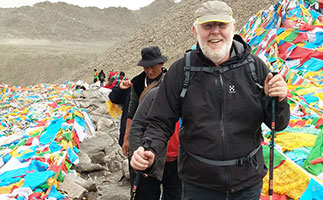
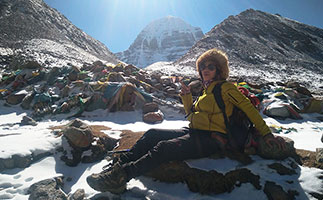

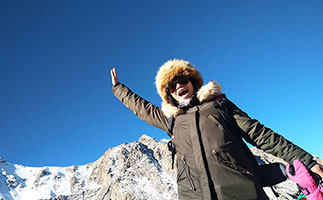

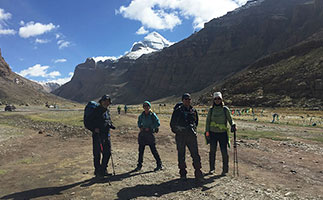
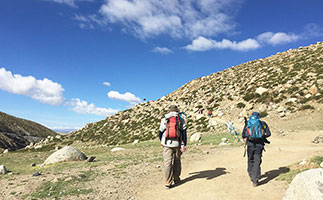
0 Comment ON "Ultimate Guide to Plan Your Mount Kailash and Manasarovar Trekking Tour"